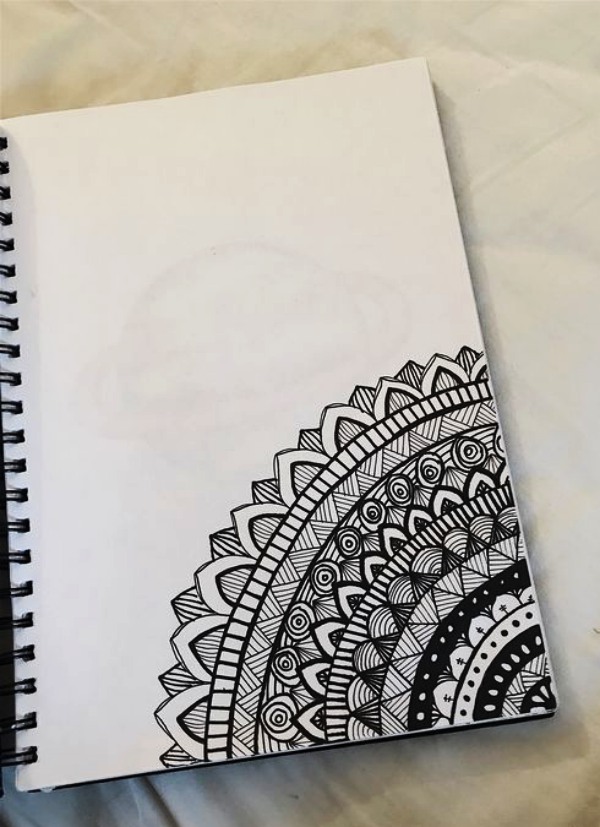
In other words, people feel more comfortable providing feedback when they know ideas are still being worked out. People around you are more apt to provide their honest thoughts and opinions with sketches because they don't feel final or polished. This is great when you are involving your client in the sketching stage of your project because it affects the nature of their feedback. It's easy to get caught up in shading and detailed drawings fight the urge! Loose sketches allow you to iterate quicker and let your ideas remain visually rough. In fact, focusing too much on the nuances can slow your progress and will quickly force you into thinking about the details when you should be focusing on concept and direction.

The primary purpose of sketching isn't to paint a masterpiece. Over time I've refined my process (always a work in progress) and I thought I'd share a few (5 to be exact) rules that I sketch by. Whether it be fleshing out concepts or running art direction for something we cooked up from scratch, sketching is an integral part of my process. Over time my general design processes have improved and evolved, my ideals and expectations have grown and shifted, but one thing I've never strayed from is my love for starting projects on paper. When I figured this out sketching became easier for me and I learned to start focusing on capturing the things that mattered most, namely, the concept of each sketch. It's about emotion, direction, and ideas. It was never about how well you drew, it only mattered if you were able to catch the mood, the scene, the moment. We were never graded on execution, just on the ability to fill the books with what we saw around us. "Probably not enough, Prof." I didn't get the reason why it seemed so important to fill these books with graphite. Shifflett, how many pages did you fill this weekend?" The answer was always the same. Not because I hated to draw, but because I felt like I was forced to fill it.

During my first year of Art School I loathed my sketchbook.


 0 kommentar(er)
0 kommentar(er)
